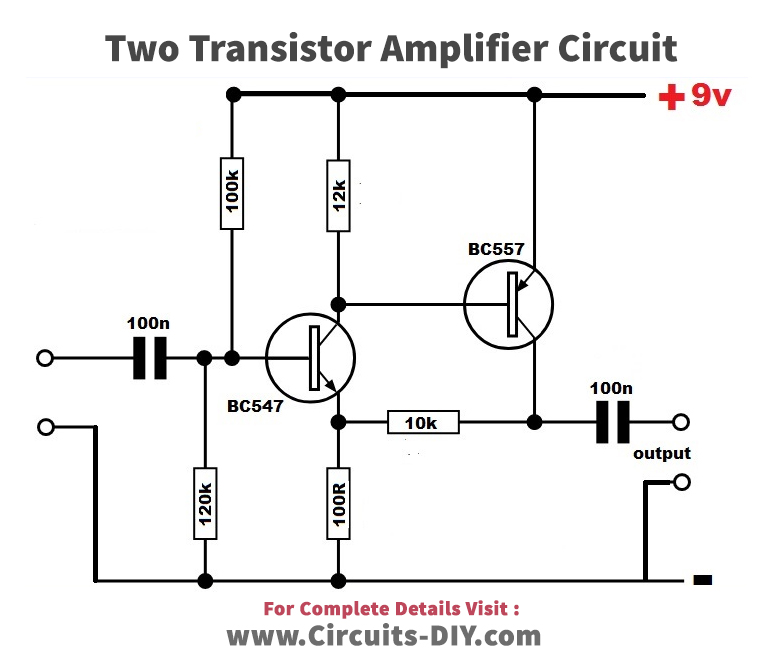

The ac collector voltage Vc, is equal to the voltage loss across the resistance R C.The value of base ac voltage is given here.This interior ac emitter resistance r’ e is shown in the figure and in series with the R B.The base-emitter junction which is in forward biased condition provides less resistance to the ac signal.Due to ac collector current ac voltage generated about the resistance R C, therefore creating an amplified, but inverted, generation of the ac input voltage in the active region of a transistor is shown in above figure.The ac input voltage generated ac base current due to that high ac collector current is generated.The dc biased voltage V CC is provided to the collector with the resistance R.You can see that ac voltage V s is carried on the dc biased voltage VBB.By keeping in mind this discussion lets have a look at this below given circuitry.In transistors, the value of base current is less ac compare to emitter and collector current so emitter and collector currents are almost equal. As we know that Ic=βI b that mean current is amplified.All these parameters will help to understand the circuit and equation used for amplifier circuitry.So friends I hope you have understands all parameters and terms used in the amplifier circuit.For instance, R E is exterior dc emitter resistor and Re is an exterior ac emitter resistance.Circuit resistances exterior to the transistor itself use the italic capital R with a subscript that recognizes the resistance as dc or ac like the current and voltage.For instance, internal ac emitter resistance is denoted as r’e.The internal resistance of the transistor will have denoted by the lowercase having subscript.The voltage values that have single subscript are ac voltage between the transistor terminal and ground such as Vb, Vc, and Ve.While V be, V cb, and V ce are the ac voltage values between two terminals of the transistor.




 0 kommentar(er)
0 kommentar(er)
